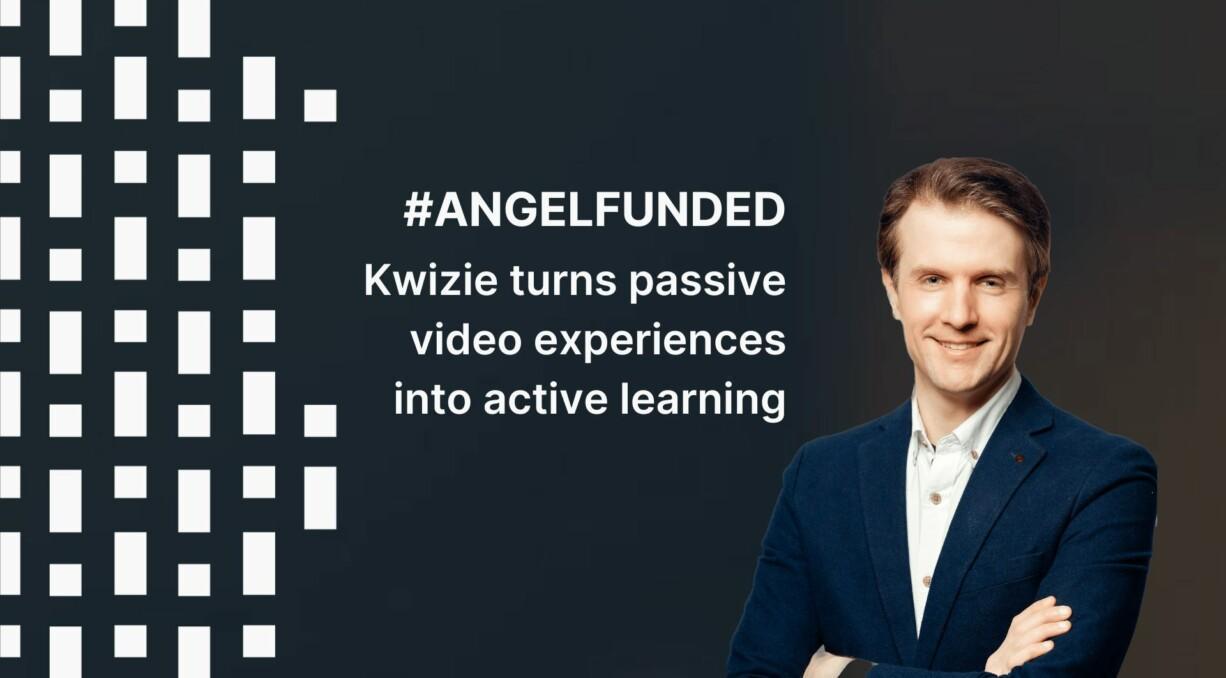There is no digital learning without the video component: 500 hours of videos are uploaded to YouTube every single minute, and the GenZ generation watches video content for 7,2 hours a day. But what happens to all that video? According to Kwizie founder Chris Petrie, most of it remains unwatched, buried in the neverending video libraries of schools, companies, and content platforms.
Recently funded by angels and Gorilla Capital, Kwizie has found a way to make the best out of existing video content by gamifying it. Founder Chris Petrie found his way from New Zealand to Finland, serving as the head of a global research organization for a company called Hundred and collaborating with companies like Supercell and the Lego Foundation. Throughout his career and his background as a teacher in computer science, he noticed something profound: learning methods were lagging behind despite all the leaps in digital learning environments.
“What is problematic with video content in learning is that it is often unstructured raw data that’s very difficult for both the learner and the teacher to go through. This is what we found with our pilot customers, too,” he points out.
With the extreme rise of video content consumption, especially due to the pandemic, Petrie and the team recognized this trend and the challenges associated with traditional video learning formats, such as unstructured content and lack of engagement.
“With Janne Jormalainen, we were actually working on Kwizie already at the end of 2021 in another company, just the initial ideas of it.” he describes. “However, Kwizie’s potential was cut short because 2022 was a very difficult year for many startups. Then, we officially founded Kwizie as its own company with Andrei Laperie as CTO at the start of 2023 and managed to close our funding round in November,” Petrie says.
Kwizie can be integrated into existing learning platforms and video libraries, making it easy for organizations to incorporate interactive elements into their video content.
“We can turn the passive experience of watching a video into something that’s active and specifically helps you learn and engage with the video,” Petrie states.
Many organizations have vast repositories of video content, but much of it remains unstructured and unused. According to Petrie, a flipped learning model is commonly used today, where students often learn foundational concepts at home through videos and then engage in interactive activities during in-person sessions.
“For example, the University of Helsinki has over 12,000 hours of video recordings. We can make that interactive through our API, utilizing those video dumping grounds that typically never get watched by using formative assessment, enabling the teachers to optimize the learning process over time, and making the experience for students more personalized,” he describes.
Chris emphasizes the importance of delivering value and maintaining focus on product quality and customer satisfaction amidst the rapidly evolving landscape of AI integration in education and technology.
“Every company is now an AI company. But going forward, I think you know we’d have to come back to first principles of good product development, good user experience, good UI, great customer satisfaction, all of the timeless founding blocks,” Petrie adds.
Contact FiBAN’s Communications Manager Milja
milja.makela@fiban.org

